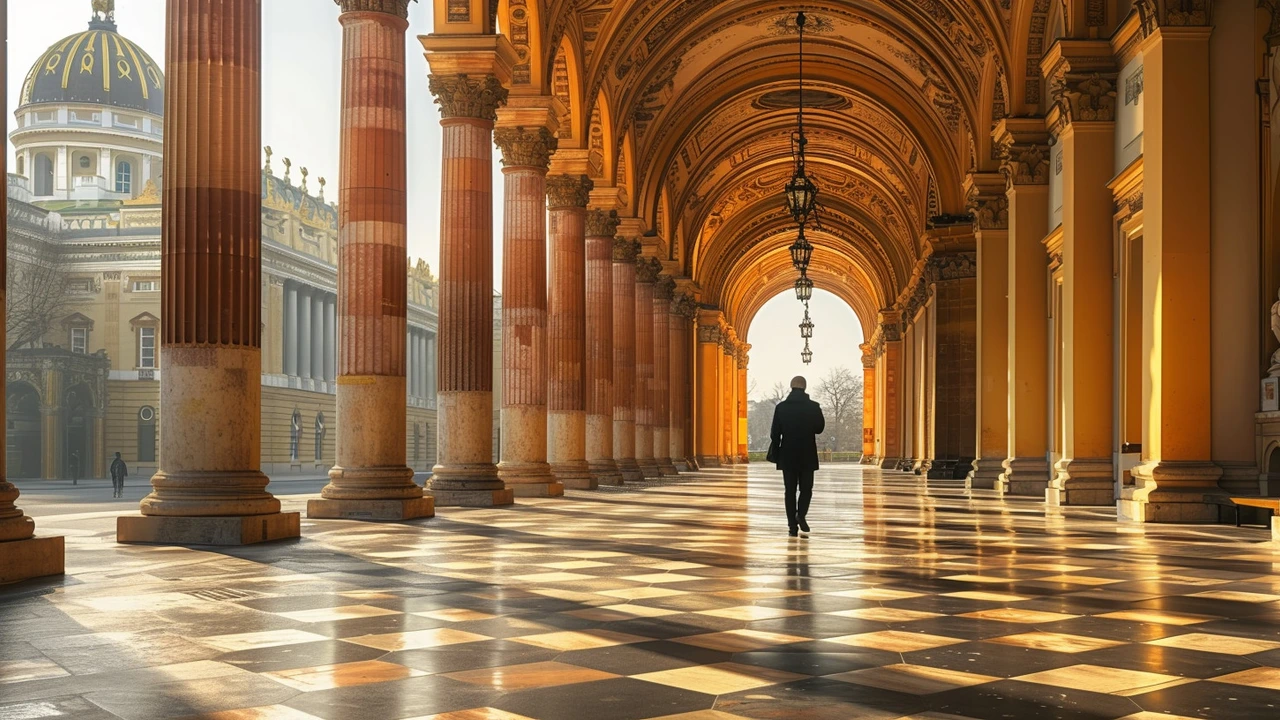Sculpture Styles: From Classical Figures to Modern Experiments
Sculpture shows up everywhere — parks, galleries, living rooms, and public squares. Styles range from lifelike marble figures to rough metal abstractions and large land art pieces. If you want to pick, commission, or just understand a sculpture, focus on style, material, and site. Those three things tell you how a piece will look, last, and feel in a space.
Common Sculpture Styles at a Glance
Figurative or classical sculpture aims to represent people, animals, or real objects. Think marble or bronze statues that focus on anatomy and detail. Abstract sculpture drops literal form and plays with shape, balance, and texture — often in metal, stone, or mixed media. Minimalist pieces use simple geometry and clean surfaces to create calm, pared-back works. Kinetic sculptures add movement — wind, motors, or viewer interaction drive the work. Land art and installation work with environment and space, sometimes on a massive scale and often outside the gallery context.
Common Techniques and Materials
Carving removes material from stone or wood to reveal form. It’s slow but durable — great for outdoor monuments. Modeling uses clay or wax to shape a piece before casting it in bronze or resin; it’s forgiving and common in small to medium works. Casting reproduces a model in metal or resin and is ideal for multiples. Welding and fabrication assemble metal parts for bold industrial looks. Assemblage and found-object work combine ready-made items for eclectic pieces. 3D printing is growing fast for detailed or experimental forms.
Material matters for care and placement. Bronze and stainless steel hold up outdoors. Stone handles weather but can be heavy and costly. Wood and clay need shelter and more maintenance. Resin and painted metals let you get bright colors cheaply but may fade in sun. Think about weight, anchor points, and finishes when planning installation.
How to Pick the Right Sculpture
Start with the site: indoors needs smaller scale and gentler finishes; outdoors requires durable materials and clear anchoring. Match style to purpose — a figurative piece suits a memorial or traditional interior; abstract or minimalist pieces fit modern architecture. Consider viewpoint and scale: will people walk around it or only see it from one angle? Lighting changes how a sculpture reads, so test daylight and artificial light. Ask about maintenance: how often it needs cleaning, patina care, or repainting.
If you’re buying or commissioning, set a realistic budget and timeline. Ask the artist about structural supports and delivery/installation costs. For public work check permits, insurance, and foundations. When buying from a gallery or online, request condition reports and installation guidance.
Want to explore styles further? Check posts on land art, installation art, Bauhaus influences, and modernist sculpture to see real examples and practical tips. Browse the tag to compare images, techniques, and project ideas that fit your space or budget.

